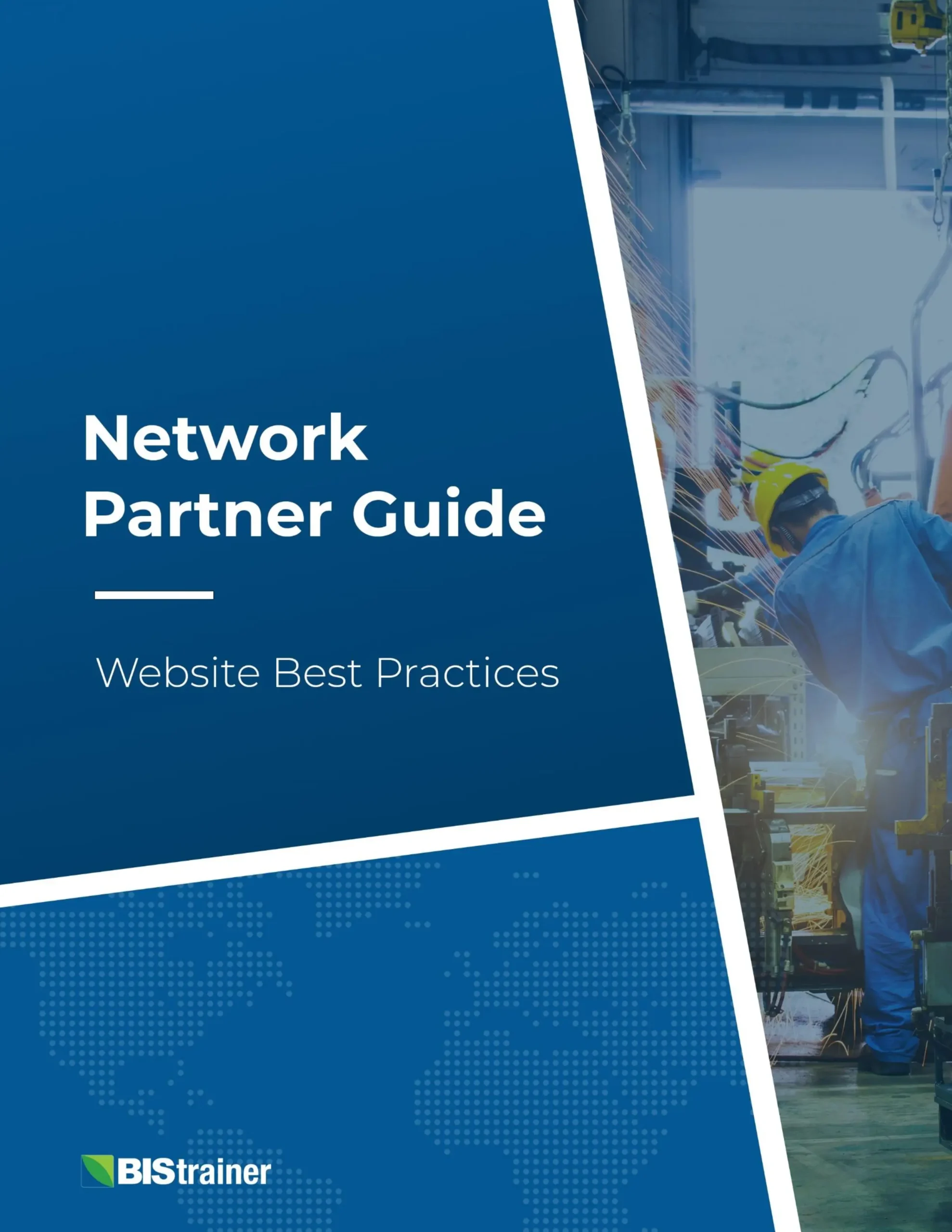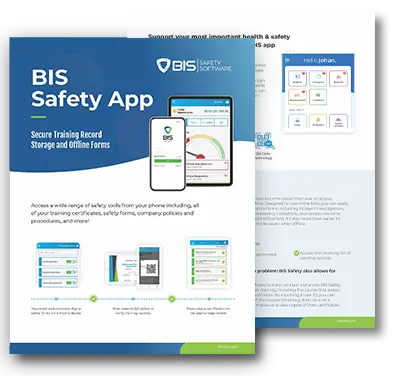
Course details
Electrical Safety Training 2017
This online Electrical Safety course provides a well-rounded approach to the basics of electrical safety and helps increase understanding of the dangers of electricity from both a shock protection and arc flash protection point of view.
Course Overview
Approximately 30,000 non-fatal electrical shock accidents occur in the United States each year. The National Safety Council estimates that about 1,000 fatalities each year are due to electrocution, more than half of them occurring while energized systems of less than 600 V are being serviced.
Electrocution is the fourth-leading cause of industrial fatalities in the United States, after traffic, homicide, and construction accidents. The current required to light a 7.5 W, 120 V lamp, if passed across the chest, is enough to cause death. The most damaging paths through the body are those through the lungs, heart, and brain." (Quoted from the CSA Z462, Annex K)
This course is designed with the intent of educating the participant in the hazards associated with the use of electricity. Whether you are a seasoned journey person, apprentice, engineer, student or manager, this course has been designed with you in mind.
Topics Covered
- Insulation factors
- Safety basics
- Barriers
- Grounding and bonding
Induction
- What is induction?
- Effects of electrostatic induction
- Effects of electromagnetic induction
- Testing procedures for induction
- Electrostatic discharge (ESD)
- Effects of ESD
- Principles of static electricity control
Step and Touch Potential
- Effects of step and touch potentials
- Effects of a ground fault
- Best protection against step and touch potentials
- How shocks can be received from step and touch potentials
- Types of ground mats and their uses
Electricity and the Human Body
- Five primary hazards associated with electricity and its use
- Major factors which contribute to the effects of electricity on the human body
- Delayed effects associated with electricity on the human body
Electrical Shock and Arc Flash Hazards
- Two types of boundary limitations for electrically operated equipment
- Qualified and unqualified personnel
- Limited approach boundary
- Restricted approach boundary
- Prohibited approach boundary
- Flash protection boundary
- Shock hazard analysis
- Purpose of flash hazard analysis
- Equipment labels and the content of the label
- Example of a generic label
- Examples of labels in use
Safety Training for the Qualified Worker
- Importance of recognizing when you are qualified or not qualified to perform a task
- "Limited approach boundary" for unqualified personnel and the "prohibited approach boundary" for qualified workers
- Use of voltage-related electrical gloves
- Protective clothing and equipment that qualified workers must wear and use
- Procedures for de-energizing equipment and verifying a zero energy state
Personal Protective Equipment
- Recognizing when PPE is required
- Types of PPE necessary under certain circumstances
- PPE limitations
- Proper care and maintenance of PPE
Corded Electrical Equipment, Extensions Cords, Ground Fault Circuit Interrupters, and Circuit Protection Devices
- Hazards associated with the use of power tools
- Care and proper use of power tools
- Selection of extension cords and Ground Fault Circuit Interrupters (GFCI)
- Safe use of extension cords
- Circuit protection devices
This course takes approximately 180 minutes to complete
A passing grade of 80% or higher required. Up to 3 attempts are provided.
A certificate will be provided upon the successful completion of this course














































